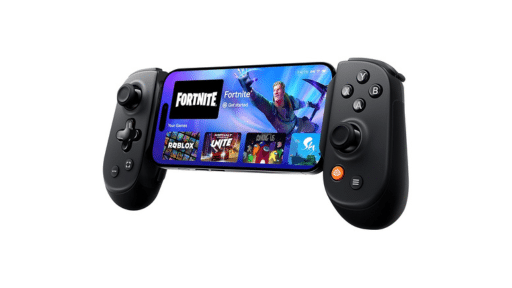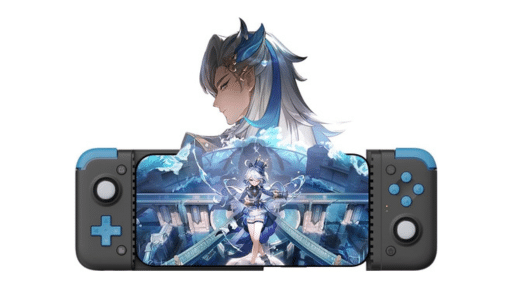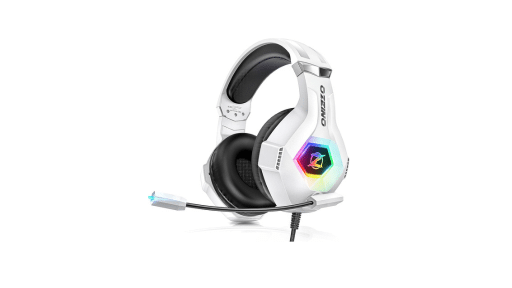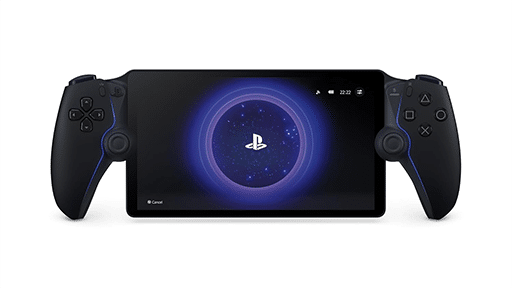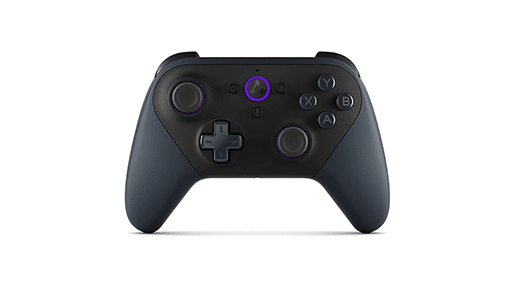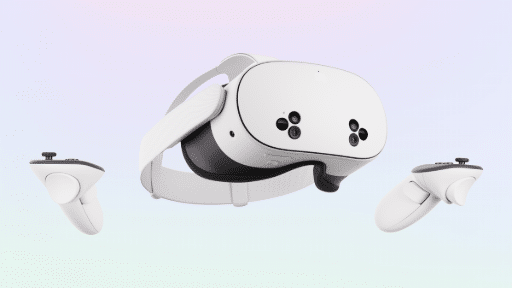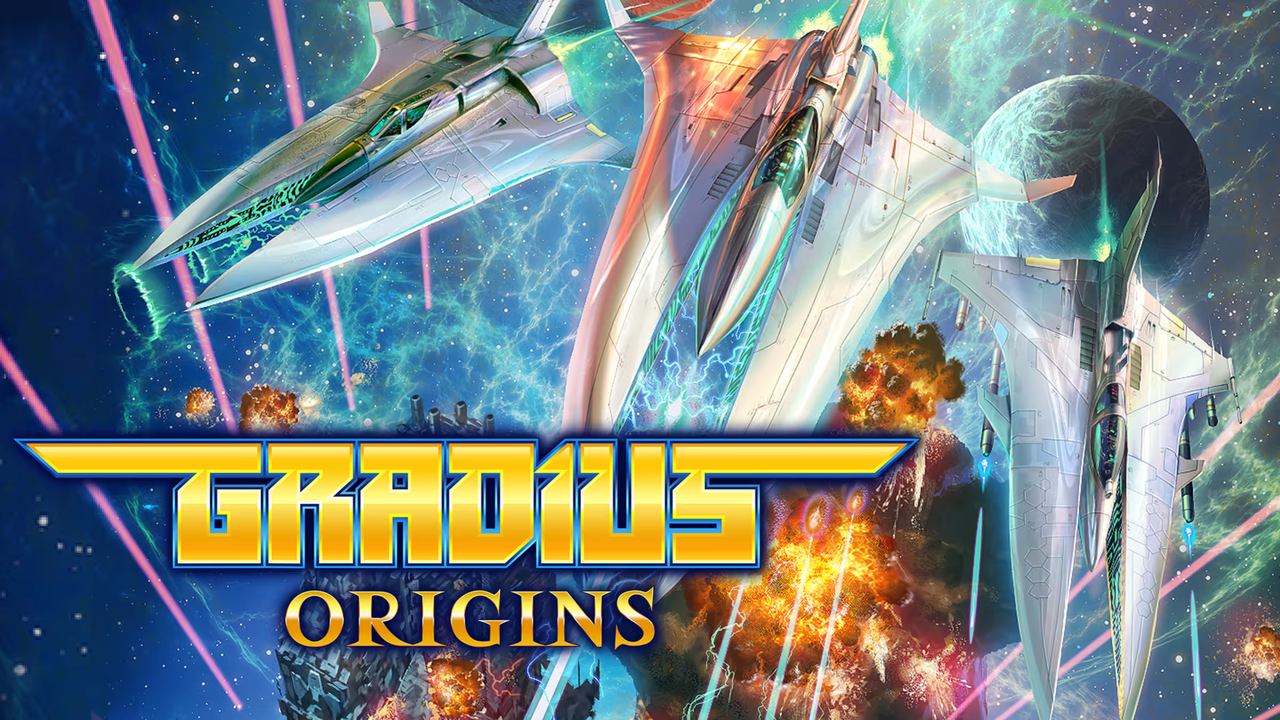
Gradius Origins brings back a slice of arcade history, collecting seven classic shmups from Konami’s Gradius and Salamander series. Developed by M2, it combines tight emulation with modern tweaks, offering both familiar hits and a few surprises. If you’ve ever flown the Vic Viper or memorized enemy patterns by heart, this package might already be on your radar.
This isn’t Konami’s first retro collection, but it’s one of the more focused ones. Instead of covering every release in the series, Gradius Origins sticks to arcade games only. You’re not getting any console or MSX titles here, but what’s included spans a wide range of eras and regional builds. That includes rare prototypes, alternate ROMs, and the brand-new Salamander III.
The collection leans into preservation without ignoring playability. Quick saves, rewind, and difficulty options make it easier to enjoy these shooters without losing their edge. It’s not the most exhaustive package Konami has ever published, but it’s one of the more playable and polished ones.
Gradius Origins Isn’t Just a Greatest Hits
Gradius Origins includes seven arcade titles: three from the Gradius series, three from Salamander, and the new Salamander III. On top of that, the collection offers 18 different versions across all games, covering regional variants, prototypes, and unreleased builds.
You get the original Gradius (also known as Nemesis), Gradius II: GOFER no Yabou (Vulcan Venture internationally), and Gradius III. Each has multiple versions, including rare or modified ROMs. One standout is the AM Show prototype of Gradius III, which appears on consoles for the first time.
The Salamander lineup includes the 1986 arcade original, Salamander 2, and the alternate version Life Force, which borrows the power-up system from Gradius. These games offer both Japanese and international releases, each with small but interesting differences.
Salamander III is the biggest surprise. Created by M2 in 2025, it’s designed to feel like a lost ‘90s arcade game. It’s not a remake or enhanced port, it’s a new entry made with old-school sensibilities, complete with sprite-based visuals and screen-filling bosses.
What’s missing is worth noting too. None of the console or MSX games are included. That means no Gradius Gaiden, no Gradius IV, and no portable titles. The focus here is strictly arcade, which keeps things focused but limits variety.
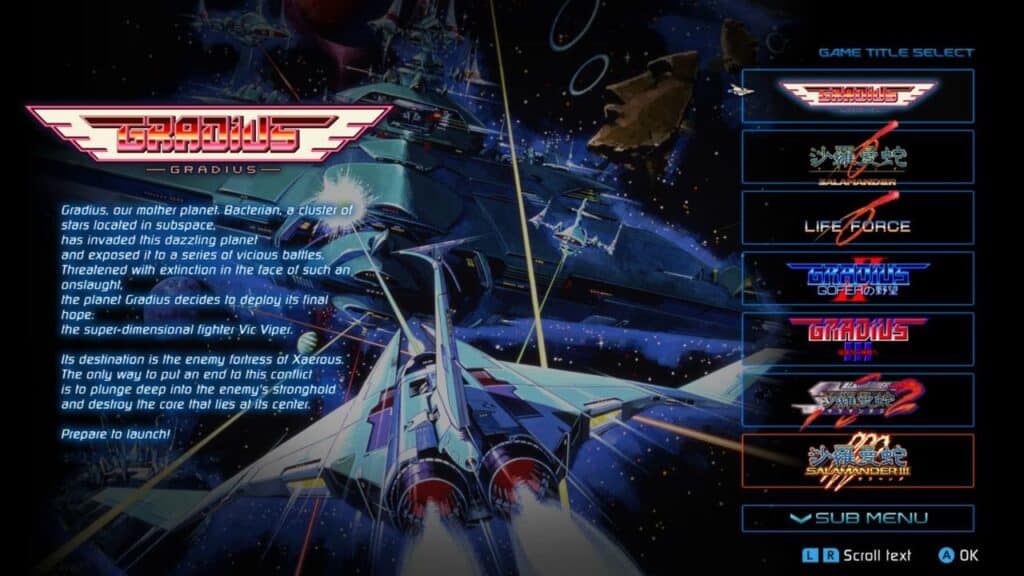
Dodging Bullets, Collecting Power-Ups, and Staying Alive
The collection splits neatly between two styles: the strategic pacing of Gradius and the chaotic variety of Salamander. Both stick to horizontal shooting for the most part, but the differences become clear once you’re in the action.
In Gradius, power-ups are earned by collecting capsules that move a selection bar along the bottom of the screen. You choose when to activate them, deciding between speed boosts, missiles, lasers, shields, or support options. It’s simple at first, but managing when to spend pickups adds real strategy. You can’t just grab everything, timing matters.
Salamander takes a different approach. Power-ups are picked up directly, with no selection bar. The stages alternate between horizontal and vertical scrolling, and Salamander 2 introduces cooperative play. It’s more reactive than planned, and more forgiving when you die. You respawn where you left off instead of restarting the level.
Each game has its own quirks. Life Force mixes styles from both series. The Gradius III prototype changes enemy behaviors and includes a giant dragon boss missing from the original. And Salamander III brings in new mechanics like gravity wells and burst shots, mixing fast-paced bullet sprays with classic shooter flow.
There’s a vertical stage in Salamander III where you shoot through asteroids and dig up buried Moai statues. It caught me off guard and turned into one of my favourite moments. Whether you prefer calculated upgrades or on-the-fly dodging, there’s a distinct rhythm to each series. Understanding how they differ is part of the fun.
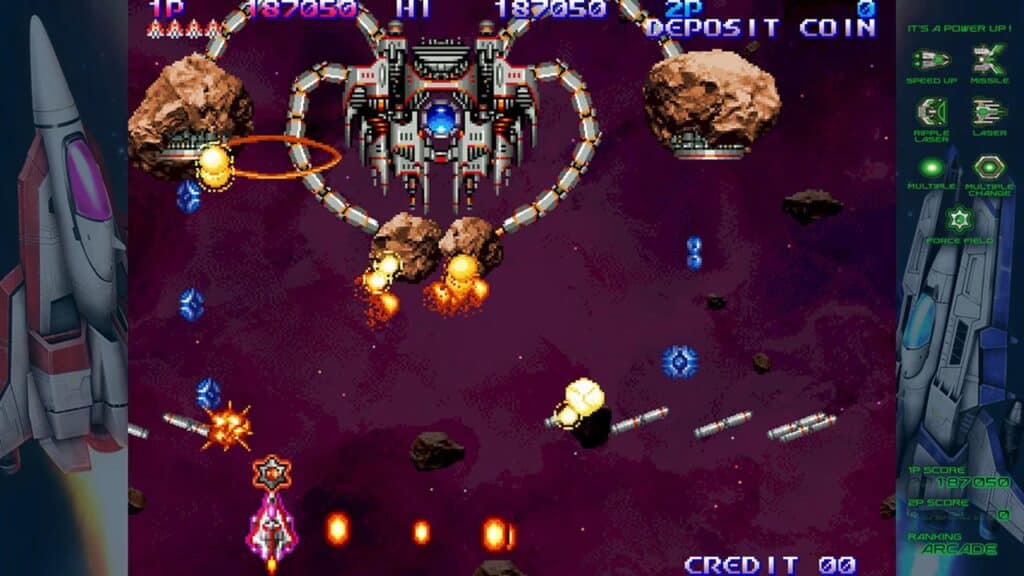
Solid Controls with That Old-School Look
M2’s work on Gradius Origins keeps everything sharp and responsive. The emulation feels solid across the board, with smooth performance and controls that hold up during heavy action. These games need fast reactions, and nothing here feels off or delayed.
Visually, the collection keeps the original pixel art intact. You can apply filters like CRT, smoothing, or sharp modes, depending on what you prefer. Screen size options are also flexible, with settings for original resolution, full screen, or a fit-to-window view. Everything looks clean, and the options don’t get in the way.
The sound holds up well too. Effects like power-up chimes and weapon bursts still land with punch, and the music is as catchy now as it was in the arcades. Some versions, like Salamander II, lean into a darker tone with pre-rendered visuals, while Salamander III keeps things bright and busy with sprite-based chaos.
I found myself sticking with the CRT filter most of the time. It gave everything a slightly softer look without losing detail, and it just felt right for these kinds of games. If you’re playing on a modern display, there’s nothing distracting or off-putting here. M2 keeps it faithful without making the collection feel dated.
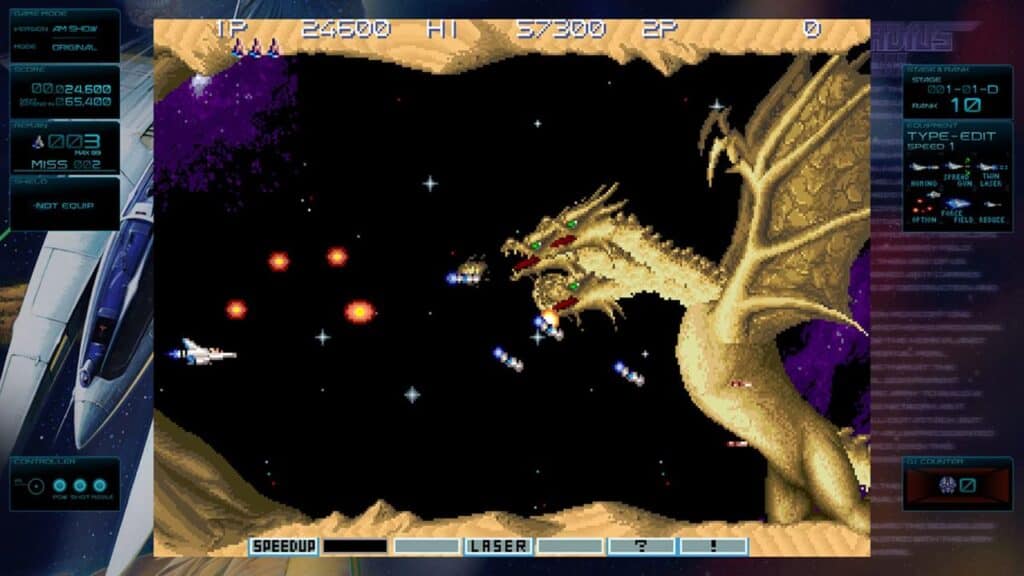
More Than Just Rewinds and Save States
Gradius Origins comes packed with features that make these old arcade games easier to play without losing what made them tough in the first place. You can quick-save, rewind, or toggle invincibility in most titles. There’s even a full training mode where you can set restart points, choose power-ups, and replay tough sections.
One of the more useful additions is the gadget UI that lines the sides of the screen. It shows your current power-up status, stage variation, and other helpful info without cluttering the action. You also get fully remappable controls, rapid-fire options, and screen customizations.
The museum content goes deep. Each game includes concept art, design documents, enemy galleries, and arcade flyers. There’s even a full music player with over 200 tracks, including unused sound effects and alternate versions. It’s the kind of bonus content that’s easy to overlook but fun to dig through if you grew up with these games.
Trophies are another nice touch. Some of them are pretty clever, like one that challenges you to dodge a shield pickup for 10 seconds. It’s a small detail, but it adds personality. Salamander III is the only game here that lacks some of these features. It doesn’t support invincibility, and a few of the UI gadgets are missing. It’s not a dealbreaker, but worth knowing if you’re planning to practice or experiment.
Whether you’re chasing high scores or just learning the ropes, the extras here go a long way toward making these classics more accessible.
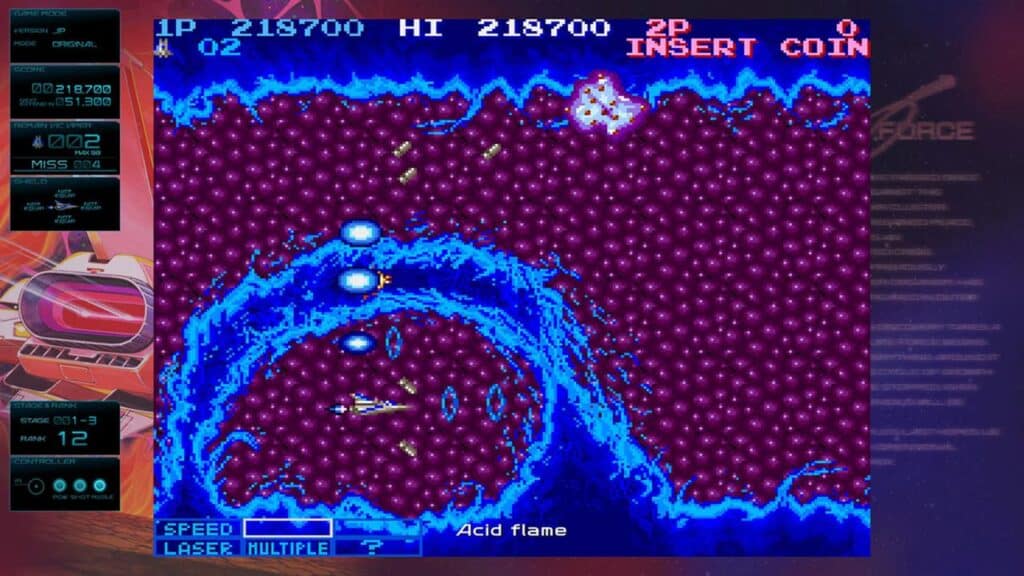
Gradius Origins Balances Nostalgia with Smart Tweaks
Gradius Origins is one of the better retro collections Konami has put out in years. The mix of arcade classics, multiple regional versions, and a brand-new Salamander III makes it feel like more than just a repackage. It’s focused, polished, and easy to jump into, whether you’re revisiting old favourites or trying them for the first time.
M2’s emulation is reliable, the extras are thorough, and the accessibility features give you real control over how you want to play. It doesn’t have the console or MSX games, which is a bit of a letdown if you were hoping for a complete series set. But what’s here is well preserved and easy to appreciate.
As someone who didn’t grow up playing Gradius in arcades, this collection helped me understand why the series is still talked about. The power-up systems, level variety, and enemy designs hold up surprisingly well. And Salamander III was a real highlight. It may be built like a throwback, but it plays with confidence and throws out enough new ideas to keep things interesting.
If you’re into shmups or arcade history, this is worth checking out. It doesn’t try to be a full history lesson, but it gives you a clean, playable look at what made Gradius and Salamander stand out. And if you’re just here to blast aliens and dodge bullets, it’s great for that too.
Gradius Origins

Summary
Gradius Origins is a solid way to revisit or discover some of the best arcade shooters from Konami’s past. It is not a full series collection, but what’s here is put together with care. The quality-of-life features help smooth out the difficulty without removing the challenge, and Salamander III feels like a real bonus instead of filler. I would have liked to see the console and MSX games included, but even without them, there is still a lot to enjoy. If you are into shmups or just curious about the roots of the genre, this is a great place to start.
As always, remember to follow us on our social media platforms (e.g., Threads, X (Twitter), Bluesky, YouTube, and Facebook) to stay up-to-date with the latest news. This website contains affiliate links. We may receive a commission when you click on these links and make a purchase, at no extra cost to you. We are an independent site, and the opinions expressed here are our own.



